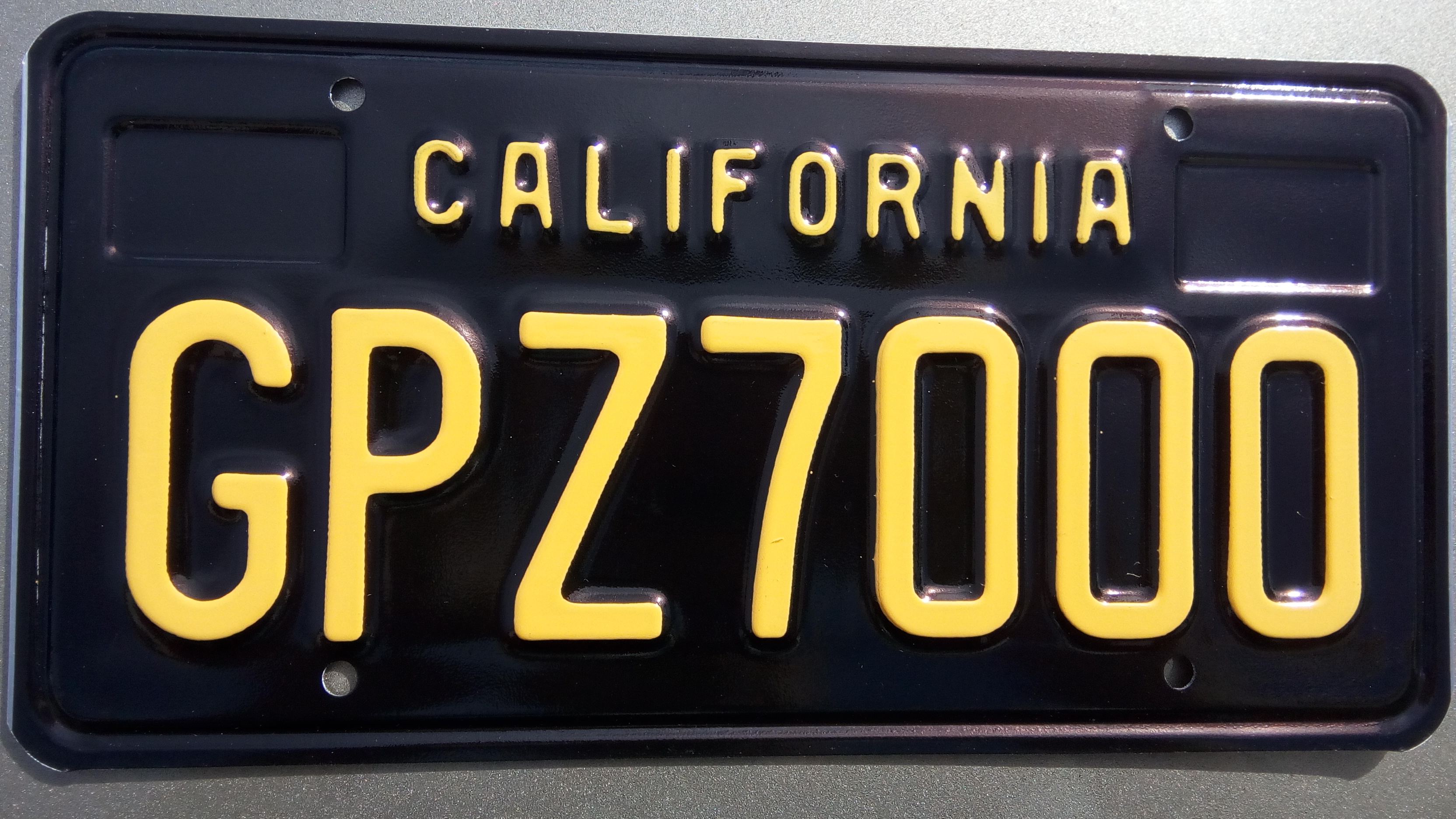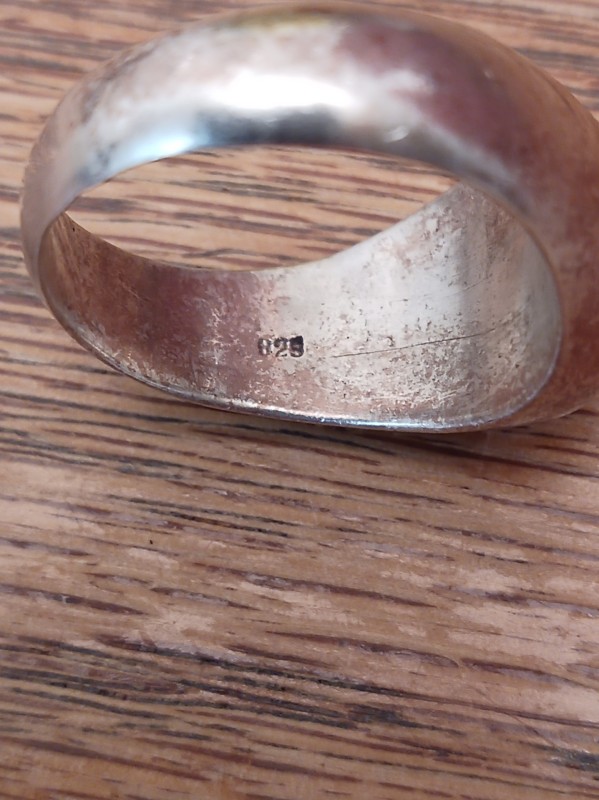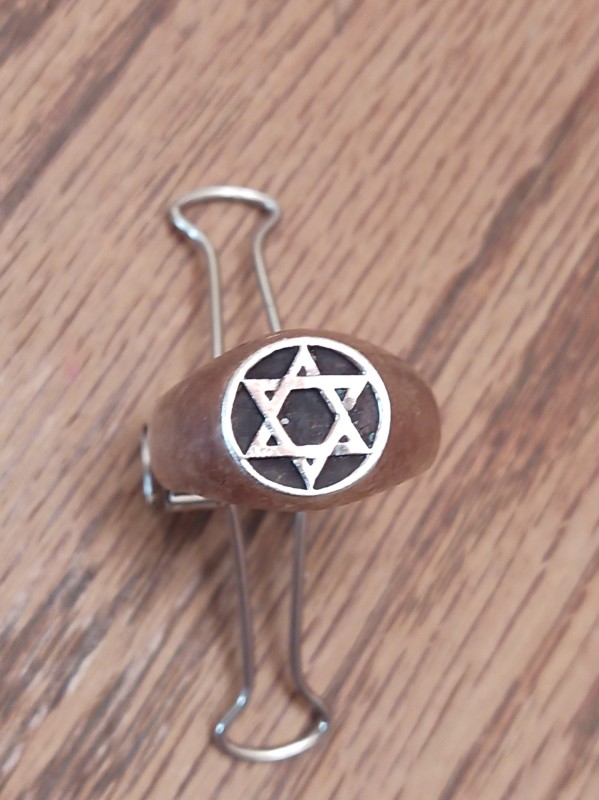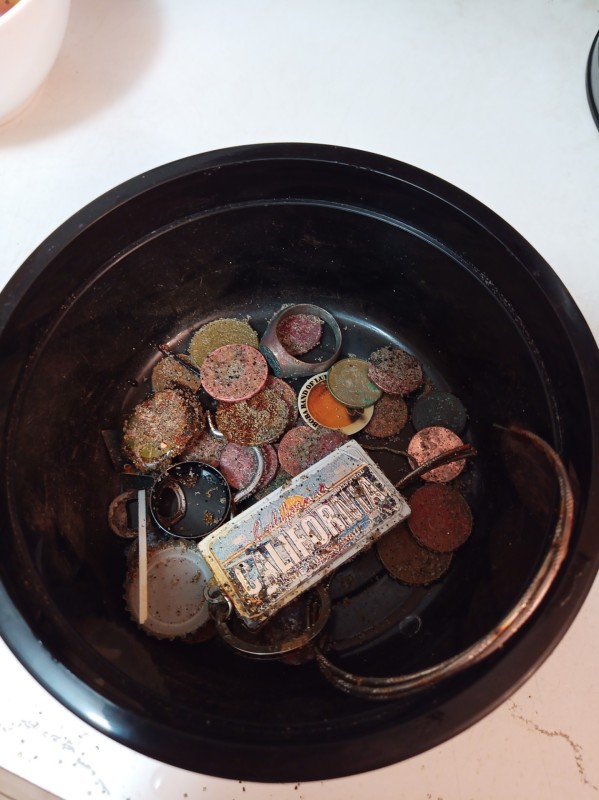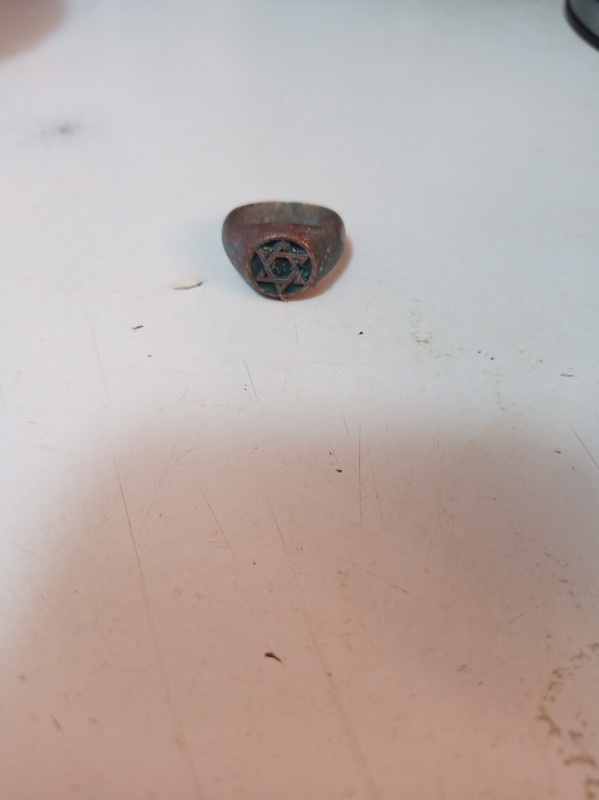-
Posts
5,332 -
Joined
-
Last visited
Content Type
Forums
Detector Prospector Home
Detector Database
Downloads
Everything posted by mn90403
-
Now you are on to the reasons why I can't cherry pick without doubts. Dig it all is still alive to get to know your machine and the location. Clues matter to me. I've found rings where I've found pennies both physically and VIDually! I'm sure the expanded range will help our brains and ears eliminate some trash, but the problem is corroded pennies at the beach and parks. I don't think any detector can be programmed or designed to ignore them without missing a little good stuff. If we hit a park or even now some beaches that have been detected repeatedly then much of the trash has been removed over the years. (Just like the nuggets and clues for gold.) We all know that 'they' didn't get it all but maybe there is so little left in some locations that we would be better off some other place. Gerry may have even demonstrated this with his Mexico trip. There is not as much to find as before. But ... we have what we have. Better detectors with fewer good targets so we have to do what Steve is doing. Find more targets!
-
The beginning of the year I'll be 70 and my oldest will be 5! I need a new detector and so does he. haha (I might use his once in a while.) The youngest just turned two but he doesn't need a detector yet. (Maybe his mom does or will use one of ours!)
-
Doc, Good to know you are around filling those orders ... and not taking some of the last few AZ nuggets. I hope you also post your 'story' again about Gold Is Not Where You Find It.
-

Is The Axiom Our New King???????
mn90403 replied to Norvic's topic in Metal Detector Advice & Comparisons
Norvic's words are going to give the Axiom additional attention. I've held one and I still have a good impression of it months later. -

One Heck Of A Relic Hunting Road Trip
mn90403 replied to Cal_Cobra's topic in Metal Detecting For Coins & Relics
Thanks guys. It makes my falling off of a 4-5ft CUT sound like a cake walk. I've always wondered about those stage stops. Now you confirm the suspicions. Mitchel -
A stat that could be equally meaningless would be ring size. We all know size and shape can change numbers. I don't know here if rings size/diameter will graph into something meaningful.
-
Good old books are like good old friends. I once hunted old used bookstores for First Editions. That was my treasure beginning in the 70s. Books on billards, snooker and pool mostly. I have a couple of hundred of them. I wish I had looked for old mining and gold books while I was at it.
-

A Stroll In The Park With The Manticore
mn90403 replied to strick's topic in Minelab Manticore Forum
Strick, Your first hunt was in the rain at the beach. Did it leave you with any concerns? You said something about the corroded pennies. To me it is the bane of the beach now. If there is a small little piece out of a penny it can bong on my 800 or scratch like a chain. The brain can't handle the IDs by sound I don't expect the screen to be completely accurate. How much do you miss the 800? haha -

Manticore And 15 Pieces Of Gold
mn90403 replied to Gerry in Idaho's topic in Minelab Manticore Forum
It's ok Gerry. You can wear them and we won't say anything when you have them in the desert. -

Manticore And 15 Pieces Of Gold
mn90403 replied to Gerry in Idaho's topic in Minelab Manticore Forum
You need a list of things to find? haha Let me see ... one 3ct diamond found and two more out there ... -

Iffy Tests Manticore Vs Deus 2 On Gold With Iron
mn90403 replied to PSPR's topic in Metal Detector Advice & Comparisons
Steve had this to say about the limits of all VLF detectors on an AI thread. We can't read it all! He is much more qualified than I am to make detailed observations rather than my generalizations. This is a bit 'out of context' but the new chips and programs in the detectors being compared do warrant speculation. Is Manticore using AI to do its 'thing?' Can AI separate the iron from the good? The problem with a lot of this theorizing about machine learning, is that metal detectors know less than most people think. For instance, they have no idea what metal is under the coil. Any metal can read almost anywhere, depending on the size of the target. Target id only works for items that never vary, like a silver dime, yet many trash items can mimic a silver dime. Still, you can build a detector that can cherry pick coins rather effectively for use in the U.S. But go almost anywhere else, or detect for anything else, and it rapidly turns into “dig all non-ferrous targets”. Nugget detecting, jewelry detecting, relic hunting, and detecting anywhere with history, like the U.K., you better be digging all non-ferrous. That’s because the range for metals is based on target size, not composition, and good targets exist at all target id numbers. Eliminate anything, you potentially eliminate good targets. In a nutshell, for any given metal, the target id range goes from small targets to large targets. The idea target id identifies type of metal is an illusion. And then you discover that all detectors misidentify some non-ferrous as ferrous, so you end up just digging everything. Target masking also motivates people to remove trash targets. All nugget hunters eventually dig all targets, until an area is devoid of targets, period. This is extending to both beach and relic hunting as time goes by. Depth? Max VLF depth has not changed in decades. My old Compass Gold Scanner Pro went as deep as any VLF made today. We have got an improvement in target id accuracy at depth, but sheer depth hit a wall ages ago in VLF. PI is where the depth advances came, and we are at the wall there also. I can imagine some improvements in target id in PI by rapid mode switch analysis, but due to the nature of PI you will always have severe overlap of ferrous and non-ferrous, because, again, target id is based more on size, than composition. Target ID More About Size, Than Type Of Metal The target id range for one special type of metal, gold, goes from deep in the ferrous range, for gold in mineralized ground, all the way to silver dollar and higher, if you are detecting gold bars. Pick your metal, and the result is the same. It’s all about the size of the target, with infinite overlap between metal types. For every gold target, an equivalent aluminum target can exist. Finally, a detector really does not even know the size of a target. It only knows strong signals, and weak signals. So a large target at the edge of detection depth can deliver the same result as a small surface target. Usually only small gold nuggets give a ferrous reading in mineralized ground. However, every nugget, no matter the size, if buried deep enough in mineralized ground, can read like a small ferrous target. At the edge of detection depth the ground signal overwhelms the target signal, flipping non-ferrous items to ferrous. If you pass on ferrous targets, you can pass on a two ounce gold nugget at depth (for example). This applies just as much to silver coins as to gold nuggets. Any non-ferrous target can read ferrous under the right conditions in mineralized soil, and the more mineralized the soil, the more severe the problem. I hunt ground where coins read ferrous after just a few inches, and recently saw a detector identify a large brass shell casing as ferrous at two inches. Tune Out Nails, You Will Miss Gold! Long story short detectors are as dumb as stumps, and good luck making them smarter. The only thing that can get smarter is the operator, and the smart ones know that as long as targets remain in the ground, good finds can still be made. Reliance on discrimination is the main reason why good targets continue to exist, waiting to be found by those who will dig what everyone else thought was trash. -

Iffy Tests Manticore Vs Deus 2 On Gold With Iron
mn90403 replied to PSPR's topic in Metal Detector Advice & Comparisons
I've read through the thread. Everyone seems to want to level the playing field and set up all the detectors 'the same' in order to make a comparison. Truthfully, I don't set up my 800 the way you set up your 800. That is just me. If I'm doing the tests, I want to set up each detector to perform at its best, but this brings in subjective decision making. How do you remain objective? I know there is a fear that someone will dumb down one detector so that they can favor another. If all the settings are disclosed in the comparisons, then we know how it is set up. If we have to, we can just totally discount the comparison we see and not learn anything from it. I'm frankly hoping for a detector that will have some different settings, some different capabilities that can't be compared evenly. I want that edge over what I have now. The target trace is one such feedback. Do the other detectors have it? What edge does the 900 have over the 800? Why would I want to ignore that setup advantage to compare them to each other? Let someone who can set up each of the detectors best then compare targets. I don't want them set up the same. Let someone tell us what the best settings are for a particular job and we can tweak it. That is old style. The 3030 has programs for certain tasks and you save them. I think the Explorers had some of this feature also. These were promoted more on English sites and blogs. It's obvious to me the enjoyable differences between the 800 modes. I know I'm stuck thinking I've got the best programs and then I listen for the subtle targets, but I can't hear what the detector doesn't see. I know there is an effort to compare the horsepower under the hood. Which detector is fastest in the quarter mile. Which one is deepest. Is that all there is to a comparison? I'm always torn between engineer suggested default programs vs Steve's constant mantra of 'get to know your detector!' Is it the detector or the detectorist? There is not likely a clear answer unless you only test with scopes. Those are artificial conditions. -
I got out for a late afternoon hunt in quite a blow. It is not that the temperature was so low at around 52 or so but the wind was blowing about 25 mph. I layered up and was just fine. I thought I was going to only have the one 'spread the ear' ring for the hunt but then I got a deep target. It gave me a squeak above a quarter at 31-32. Down about 14 inches was this ring. It was not that corroded so I wondered about it. It probably had some varnish or protectant of some sort. It cleaned up pretty good. I can't see a maker's mark but it does have a 9(8)25 inside. There should have been more.
-

World Class Arizona Nugget Recent Find
mn90403 replied to Gerry in Idaho's topic in Detector Prospector Forum
Gold may have more 'value' there than any other country right now because of the lack of goods and services. -
He detected the big nugget with the 6000! I wonder what its total depth was after using the 800.
-
That's the way to do it!
-
What type of shows?
-

So The Beach Hunts Start Again
mn90403 replied to schoolofhardNox's topic in Metal Detecting For Coins & Relics
Here is a man who can appreciate the story! -
Don't lose sight of the coin and relic ideas in the article. That actually means more to me than the nugget. I agree that gold could have come from other areas. I've read articles about nuggets in Maine.
-
There is no evidence that it was from a gold source so then where could it have come from? 17th Century English Pirates Hid In The American Colonies (nationworldnews.com)
-

Garrett Axiom Just Old Technology? I Saw This Posted ....
mn90403 replied to Rob Allison's topic in Garrett Metal Detectors
A reasonable technological discussion about an unreasonable, uninformed dig. Thank you for the education Steve.

